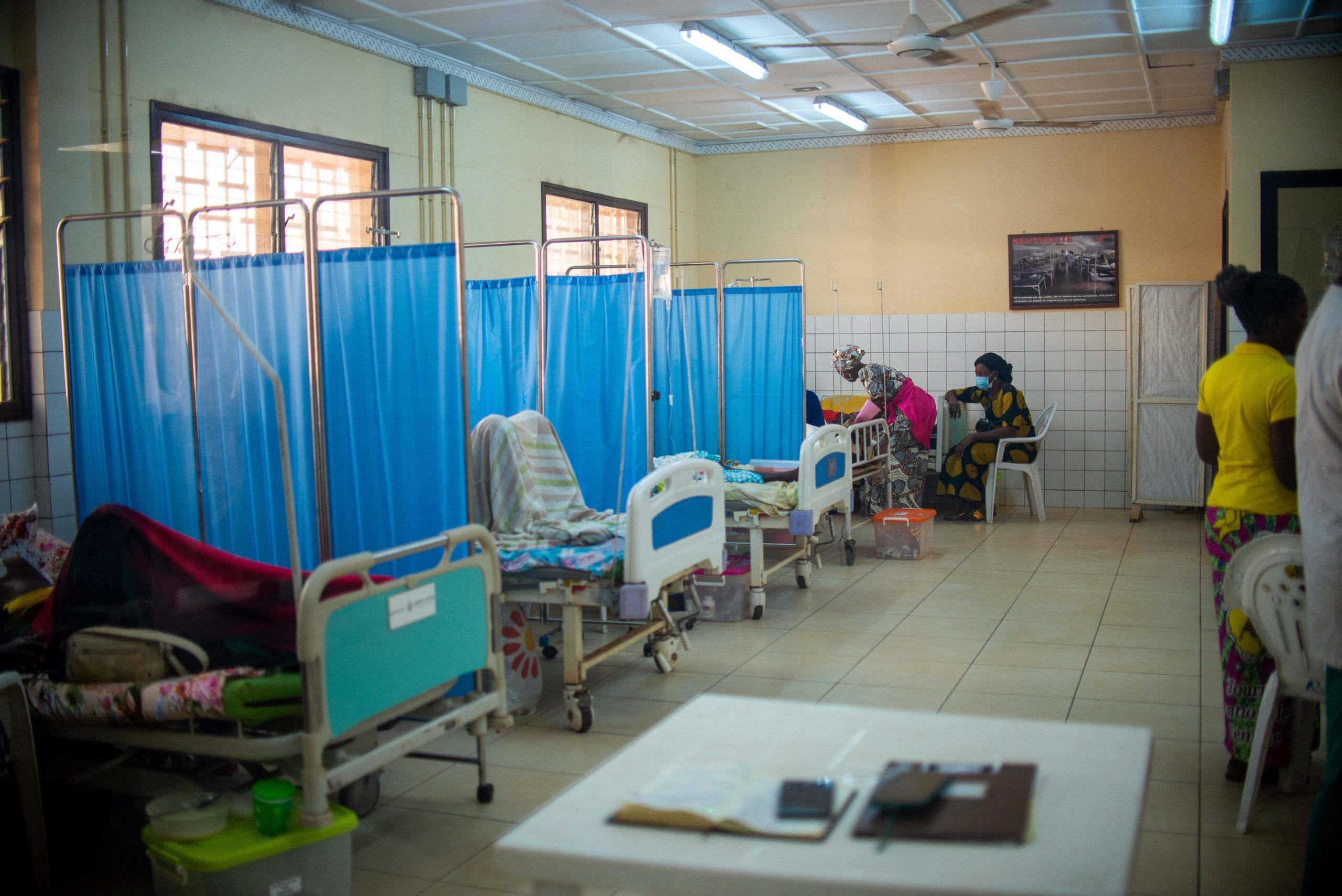American scientists reportedly cured a female HIV patient for the first time ever by utilizing cutting-edge stem cell transplant technology that could expand the pool of eligible HIV patients to dozens annually.
The “New York patient” is now one of just six people cured of the deadly virus, joining three men cured by scientists and two women whose immune systems miraculously cured themselves, reported NBC on Wednesday.
The woman was treated with a haplo-cord transplant, a procedure initially designed to expand cancer treatment options for those with blood malignancies that were unable to get HLA-specific blood donors, according to NBC. The treatment involves umbilical cord blood, which is rich in stem cells and far more adaptable than adult stem-rich blood, being transplanted into the patient, with adult stem cell blood being transplanted in supplement one day later, according to the outlet.(RELATED: Scientists Develop 100% Effective Treatment For HIV, According To Study)
The main reason stem cell treatment for HIV patients is so difficult is because of HLA, or Human Leukocyte Antigen, discrepancies among donors. According to the NIH, the human body utilizes HLA to discern what cells are native and which are foreign bodies that need to be attacked. If a stem cell or bone marrow transplant does not have a matching HLA, the proliferation of new cells is stifled and the transplant is ineffective. The haplo-cord transplant procedure minimizes those risks by capitalizing on the adaptability of natal stem cells, reported NBC.

Relatives tend to patients with advanced stages of Acquired Immunodeficiency Syndrome (AIDS) at a ward at the community hospital in Bangui,on January 27, 2022. – In the Central African Republic, the second least developed country in the world according to the UN and in civil war for more than eight years, approximately 110,000 people are affected by HIV out of a population of some 5.4 million inhabitants. But many do not enter this count, for lack of screening. (Photo by Barbara DEBOUT / AFP) (Photo by BARBARA DEBOUT/AFP via Getty Images)
The other successfully cured patients all suffered from something that the haplo-cord procedure aims to mitigate: transplant rejection, also called graft vs. host disease. The Cleveland Clinic claims that the rejection of the donor cells by the main body causes inflammation.
As of the writing of this article, the woman remains HIV-free.
“She’s enjoying her life,” said Dr. Yvonne J. Bryson, a pediatric infectious disease specialist at UCLA’s David Geffen School of Medicine, despite being hesitant to call her fully cured. “You don’t want to over-call it,” she claimed, according to NBC, favoring the usage of “in remission.”
“I’m excited that it’s turned out so well for her,” Bryson said, grateful that the new procedure offers “more hope and more options for the future.”


